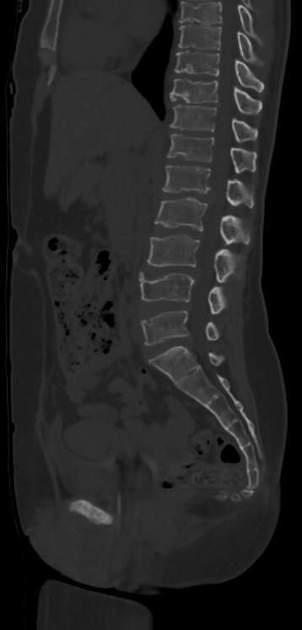Spondyloepiphyseal dysplasia is a form of skeletal dysplasia mainly involving the spine and proximal epiphyses.
On this page:
Clinical presentation
- short neck
- short trunk with protruding abdomen
- normal IQ
- spine
- atlantoaxial instability
- craniovertebral junction stenosis
- platyspondyly
- scoliosis
- exaggerated lumbar lordosis
- limbs
- mostly in shoulder, hip and knee
- abnormal, underdeveloped proximal epiphysis
- short proximal limbs with normal size hands and feet
- coxa vara and waddling gait
- mostly in shoulder, hip and knee
Pathology
Two forms have been described:
-
congenita:
- autosomal dominant with variable phenotypic expression
- abnormalities present at birth, short limbs (proximal and mid), normal size hands and feet
- due to abnormal synthesis of type 2 collagen
-
tarda:
- X-linked recessive
- normal appearance at birth, short trunk becomes apparent in adolescence or adulthood
Associations
Radiographic features
Plain radiograph
The first test to survey potential abnormalities:
- platyspondyly
- bulbous and pear-shaped vertebrae in congenital form
- heaped-up vertebrae in tarda form
- vertebral hypoplasia
- femoral head flattening and late epiphyseal development
- large and dolichocephalic skull
- metaphyseal widening with rhizomelic shortening
- odontoid process hypoplasia
- absent calcaneal and knee epiphysis at birth
Treatment and prognosis
Treatment is supportive based on skeletal abnormalities. Normal life span is expected.
Complications
Differential diagnosis
- Morquio syndrome (congenita/tarda)
- multiple epiphyseal dysplasia (tarda)
- spondyloepimetaphyseal dysplasia
- Kniest dysplasia (congenita)
- metatropic dysplasia (congenita)
- Perthes disease






 Unable to process the form. Check for errors and try again.
Unable to process the form. Check for errors and try again.